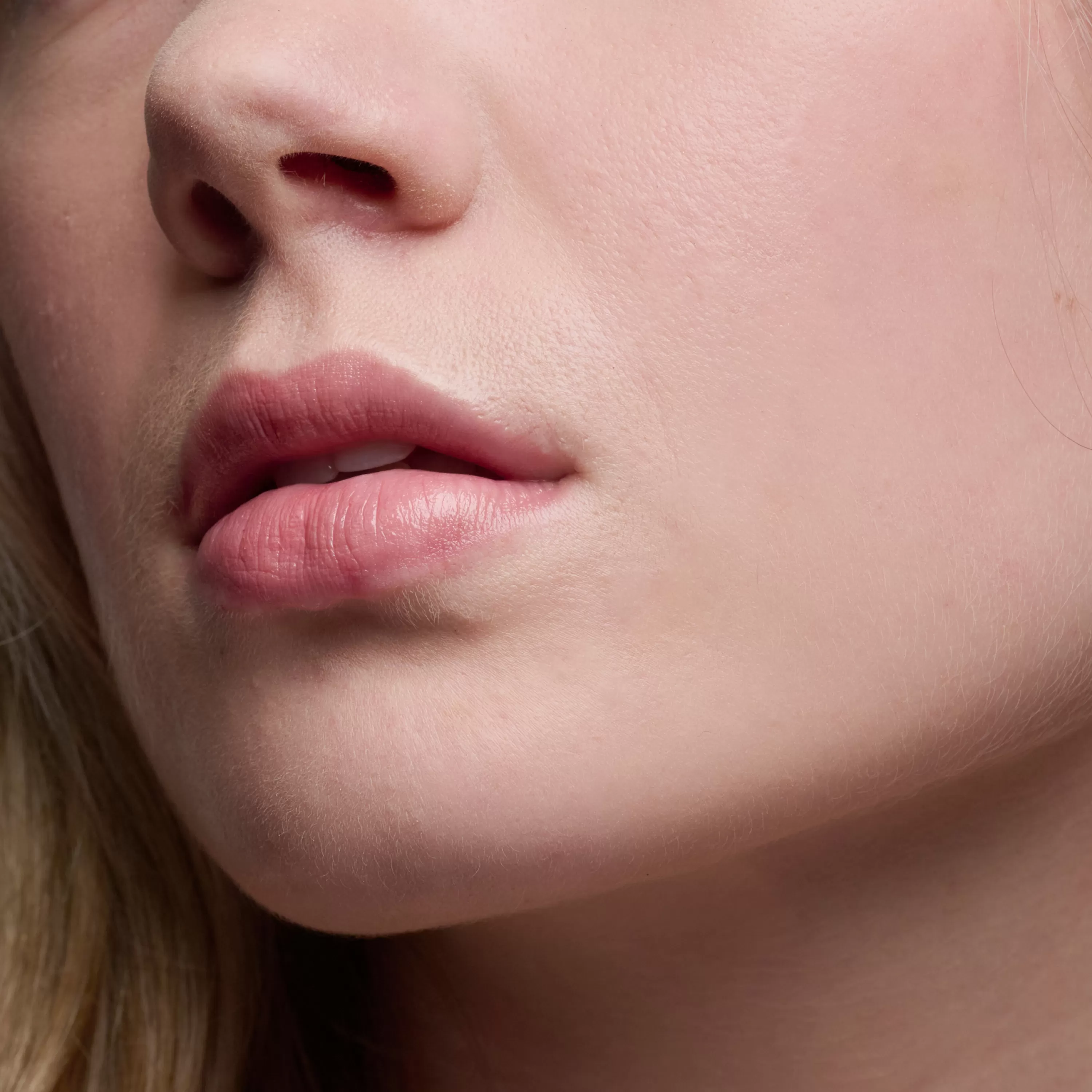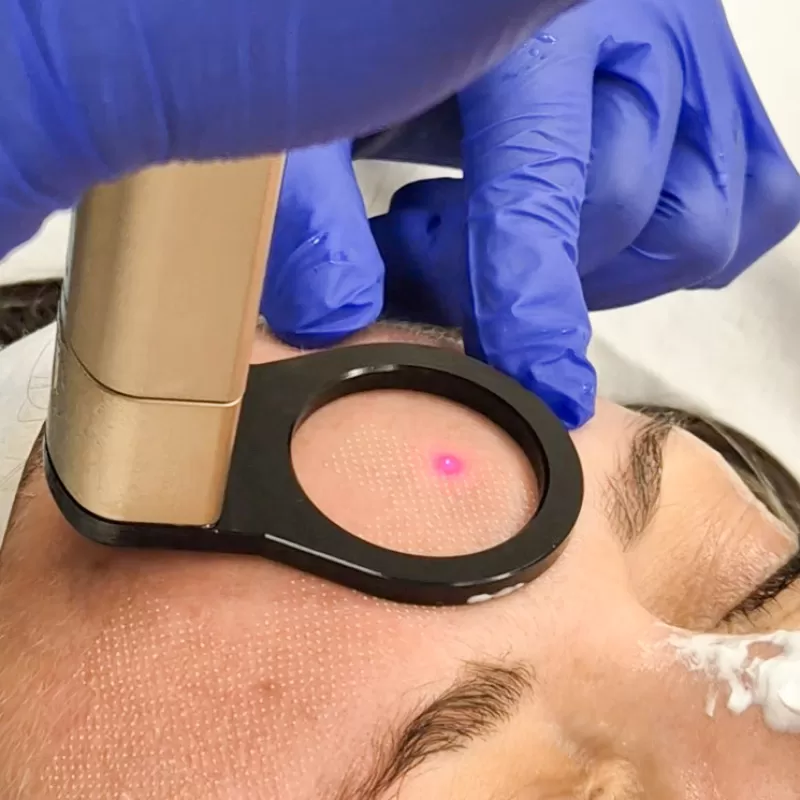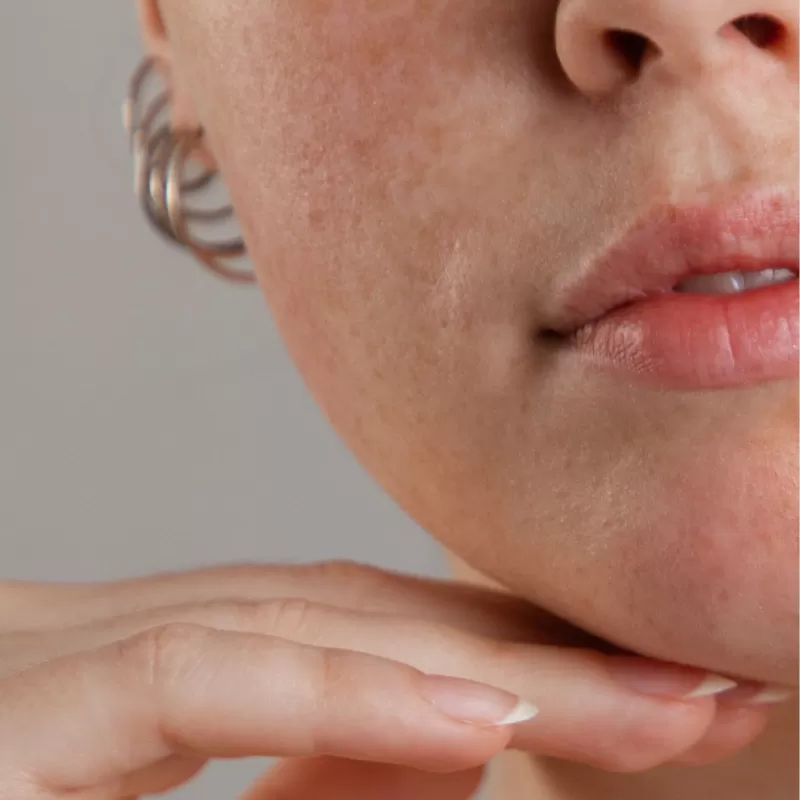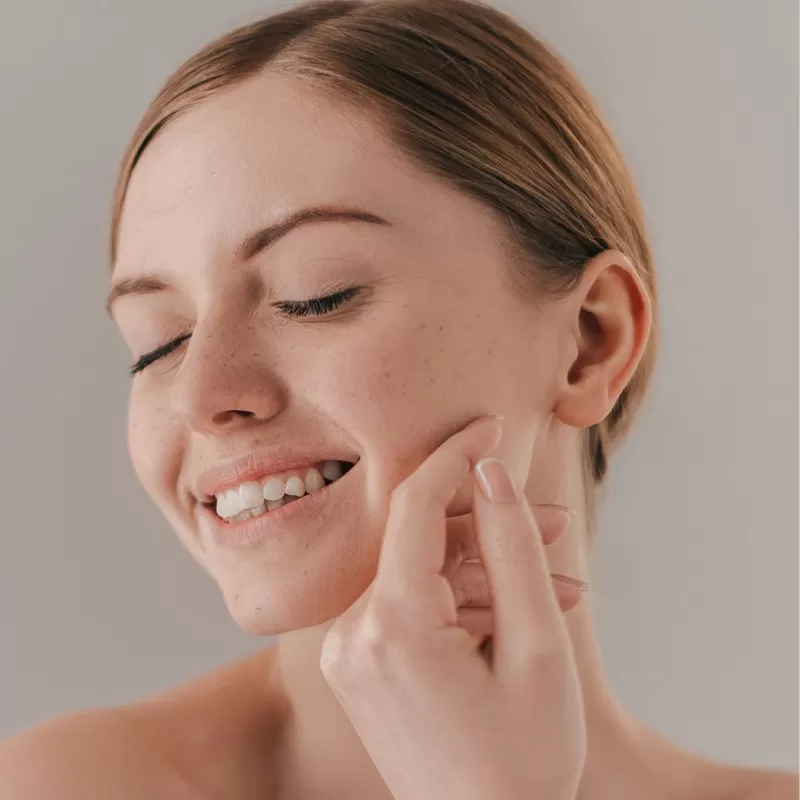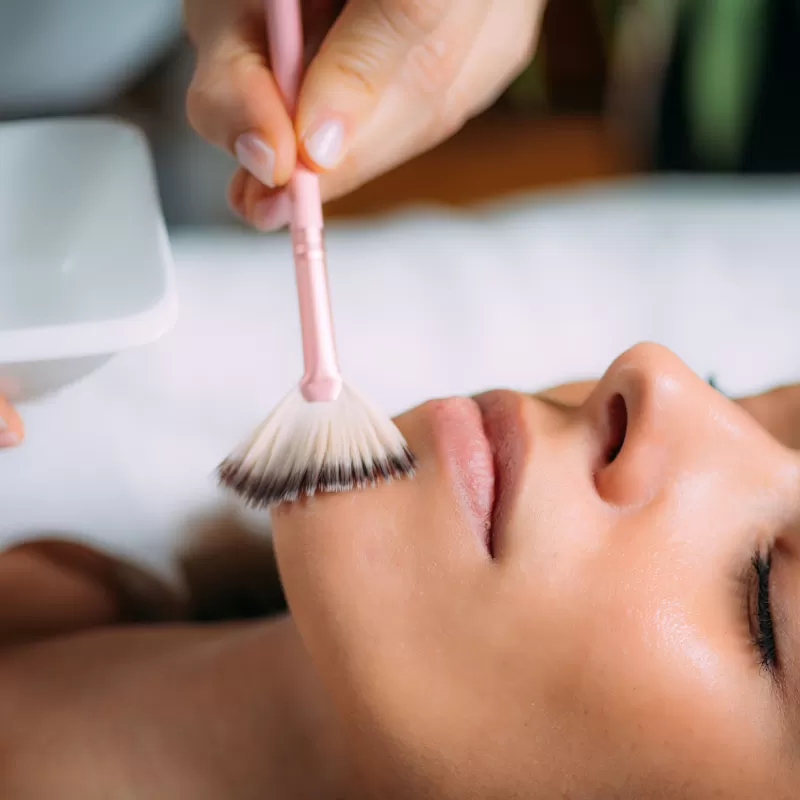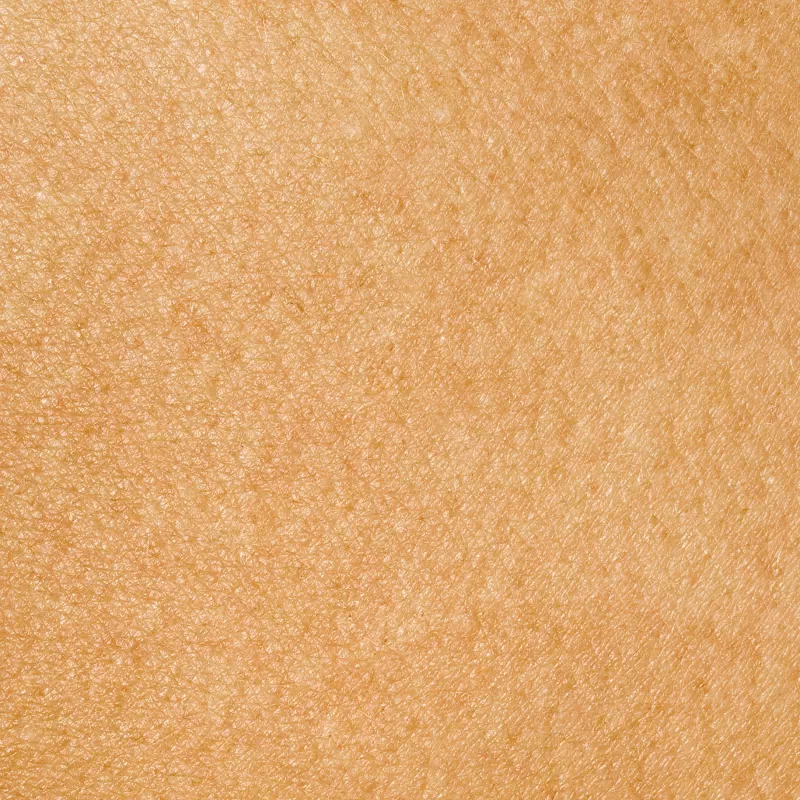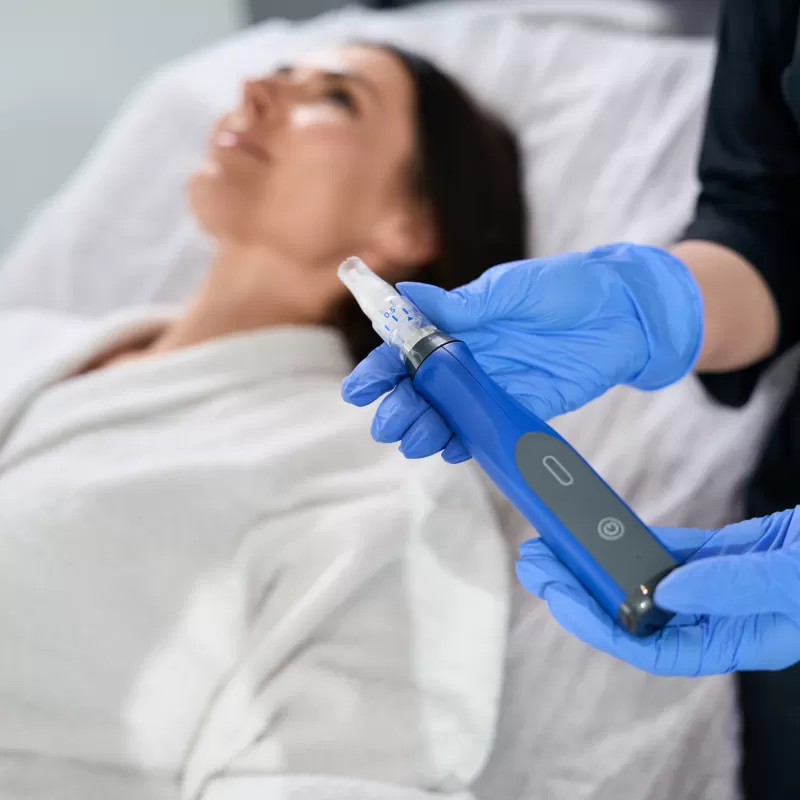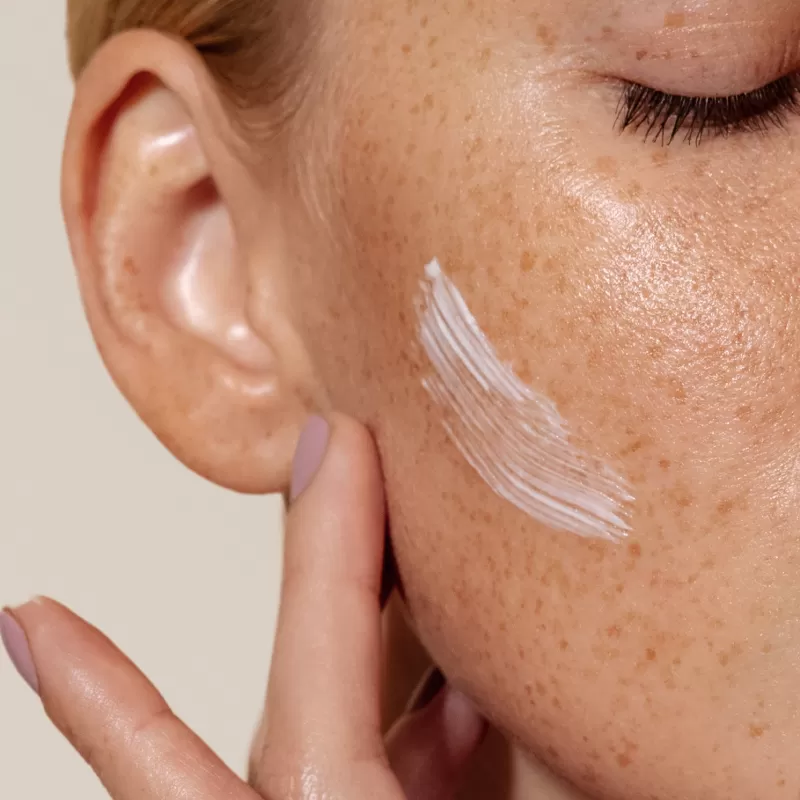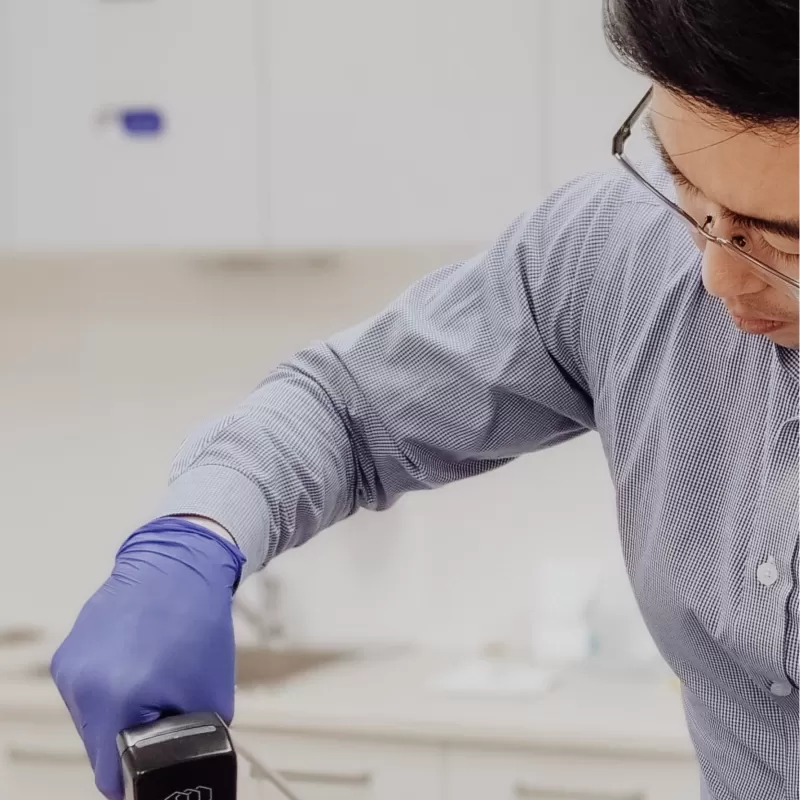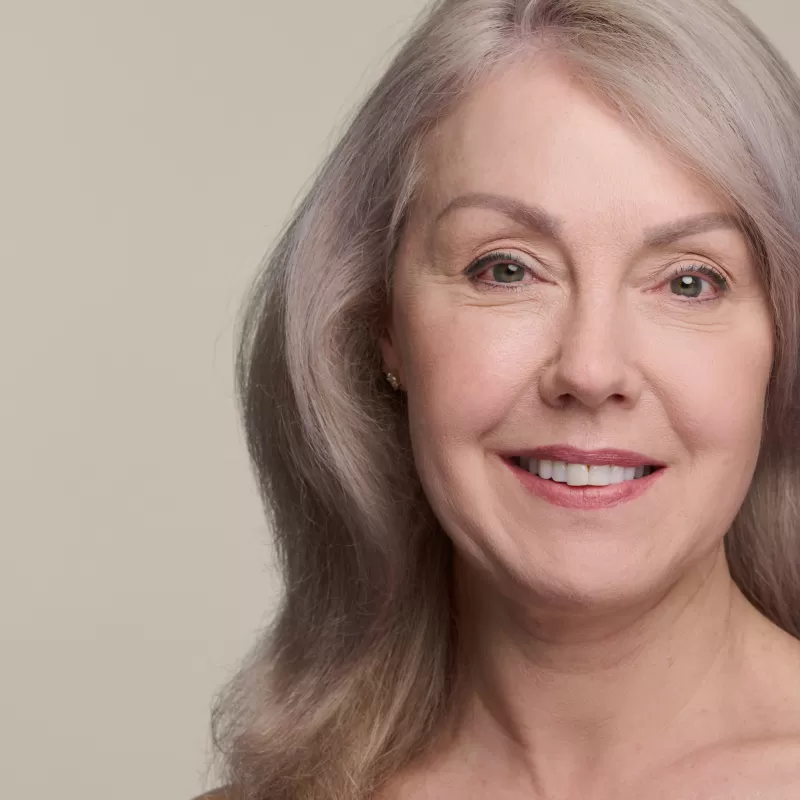Acne Scarring
Acne Scarring
Acne Scarring
Condition
Is acne scarring holding you back from the smooth skin texture you deserve? Repair your skin from acne scarring with our tailored treatments and cosmeceuticals at the R Clinic.
What is acne scarring?
What is acne scarring?
Acne scar results from the damage caused by moderate to severe acne. Trauma and damage to the deeper dermal layer of the skin triggers the body’s natural healing response, when the skin begins to heal tissue is created which is different from our normal skin tissue resulting in pits, abnormal skin contour, redness, and pigmentation.
Scarring from acne can be scored on severity from low level to severe with scars classified into four main groups: Ice pick scar, box scar, rolling scar and hypertrophic scar.
What causes acne?
What causes acne?
Scars are created when skin is damaged in the deeper dermal layer of the skin. When our skin is damaged our body signals to our cells to produce more collagen to heal the wound or trauma. This is the body’s natural response to heal the body quickly which can result in uneven tissue or uneven skin texture. While acne is transient, the marks it leaves behind are not. Acne scarring should be prevented above all other symptoms, by successfully treating and controlling acne until hormone regulation is achieved, you can minimise the occurrence of scarring.
How can we help?
How can we help?
At The R Clinic we take a holistic approach to your acne scar treatment. Microneedling therapy coupled with cosmeceutical skin care can help to achieve optimal results for patients. Our treatments and approach help encourage collagen production, reduce inflammation, and promote barrier repair.
While scarring can be challenging to eradicate, the good news is your scarring can be reduced, fading and becoming less noticeable over time.
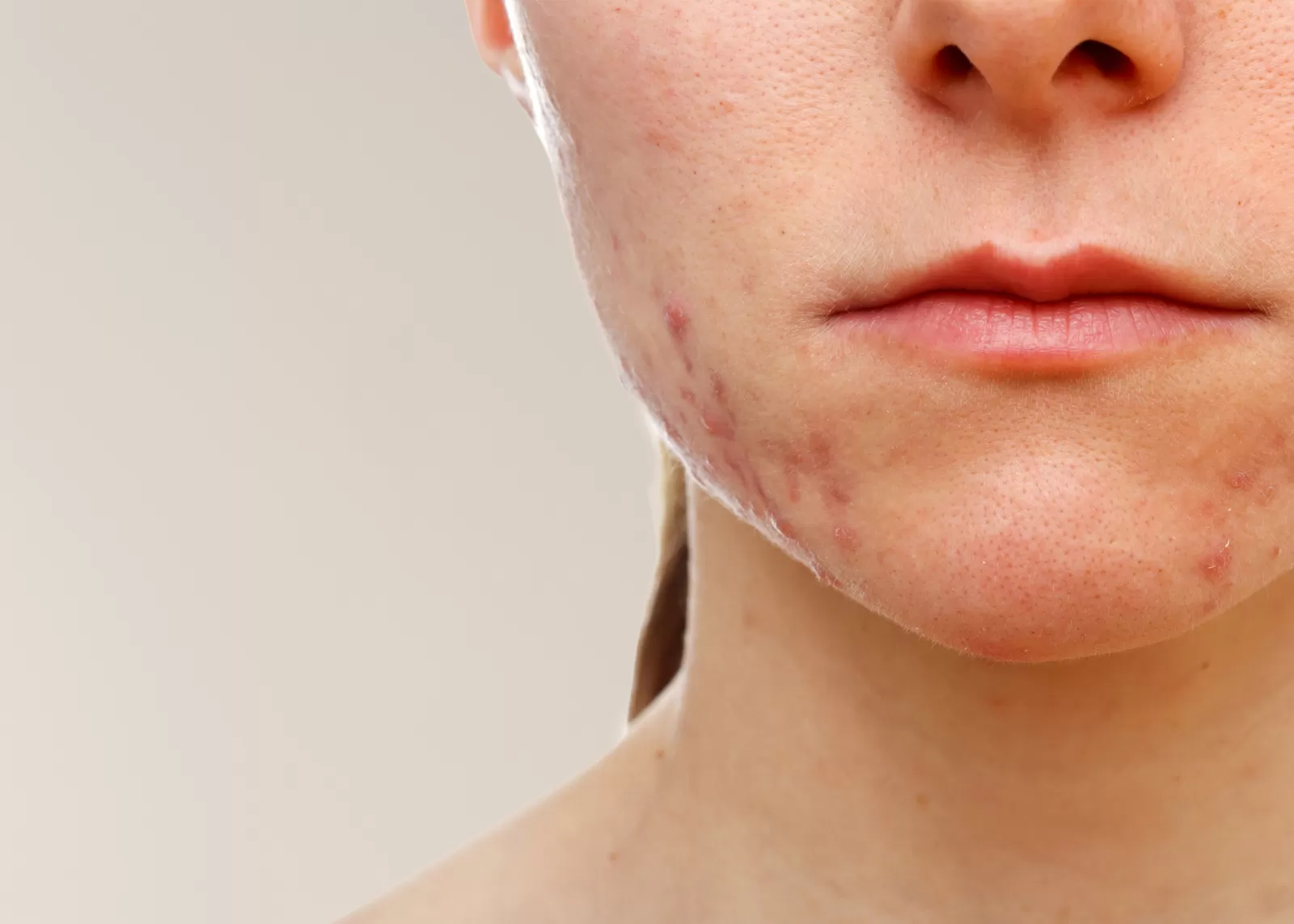
FAQ
Have further questions or want to learn more?
What Is the Best Way to Treat Acne Scars?
The first step to treating acne scars is to be examined by a trained professional with extensive experience in scar identification and management. They will assess your skin to determine what types of acne scars you have, the severity of your scarring and the best course of treatment for each scar type. Most people have a combination of types that require a blend of treatment modalities over a period of time to achieve the best possible result.
Are acne scars permanent?
Most scarring of any kind leaves a permanent imprint on your skin, and unfortunately, this goes for acne scars too. However, the good news is that over time the marks left by pimples can lessen in depth and contour. What’s even better is that with the many advancements in dermatology, there are several options available to help decrease the appearance of scar tissue from acne breakouts. From laser treatments to micro needling, with a visit to The R Clinic we can help find the right procedure for you.
Will picking your acne cause scarring?
While it can be very tempting to pop an inflamed pimple, especially when you have a social engagement, however it’s absolutely the worst thing you can do! When picking your pimples, you are damaging the outer layer of your skin which causes further dermal disruption. Although it may feel as if you are getting all of that unwanted pus out when you pop your pimple – the opposite is true! That yucky white substance that is visible on the outer layer of your spot is actually only 20% of what needs to come out and when popping your pimple by hand, you’re pushing 80% of the pus further back into your dermis – a big no-no! You should always allow your spots to heal naturally to avoid any permeant damage or invest some time in heading to a trained professional to extract your spots safely and efficiently.
What Are the Different Types of Acne Scars?
Acne scars fall into two broad categories. Depressed scars create a pit or dent in the skin. Raised scars project upward from the skin’s surface. Within those categories, there are several common types of acne scars:
- Ice Pick Scars: deep, narrow, pitted scars
- Boxcar Scars: broad depressions with sharply defined edges
- Atrophic and Rolling Scars: broad depressions with gently sloping edges
- Hypertrophic Scars: thick, raised, lumpy scars
